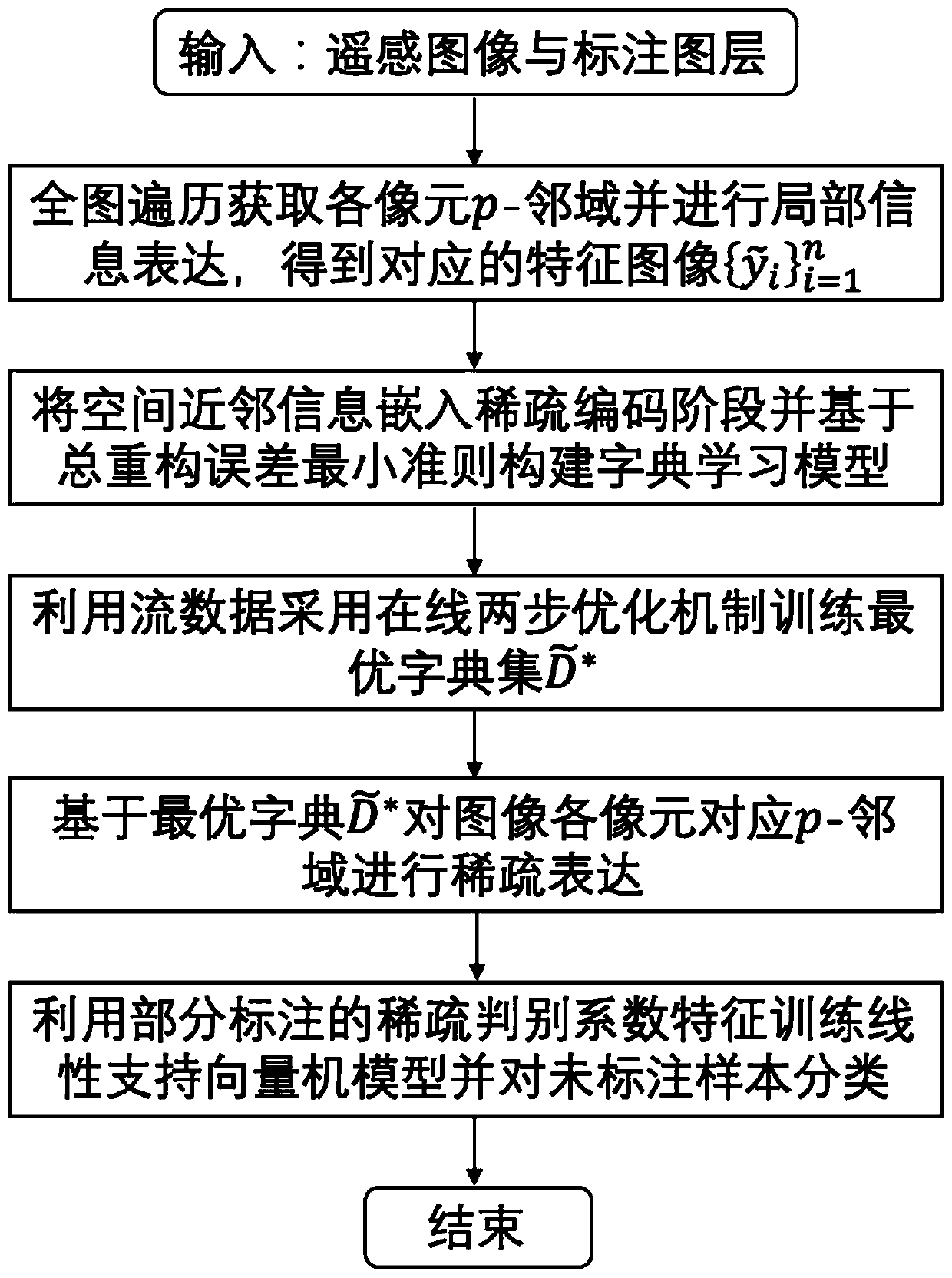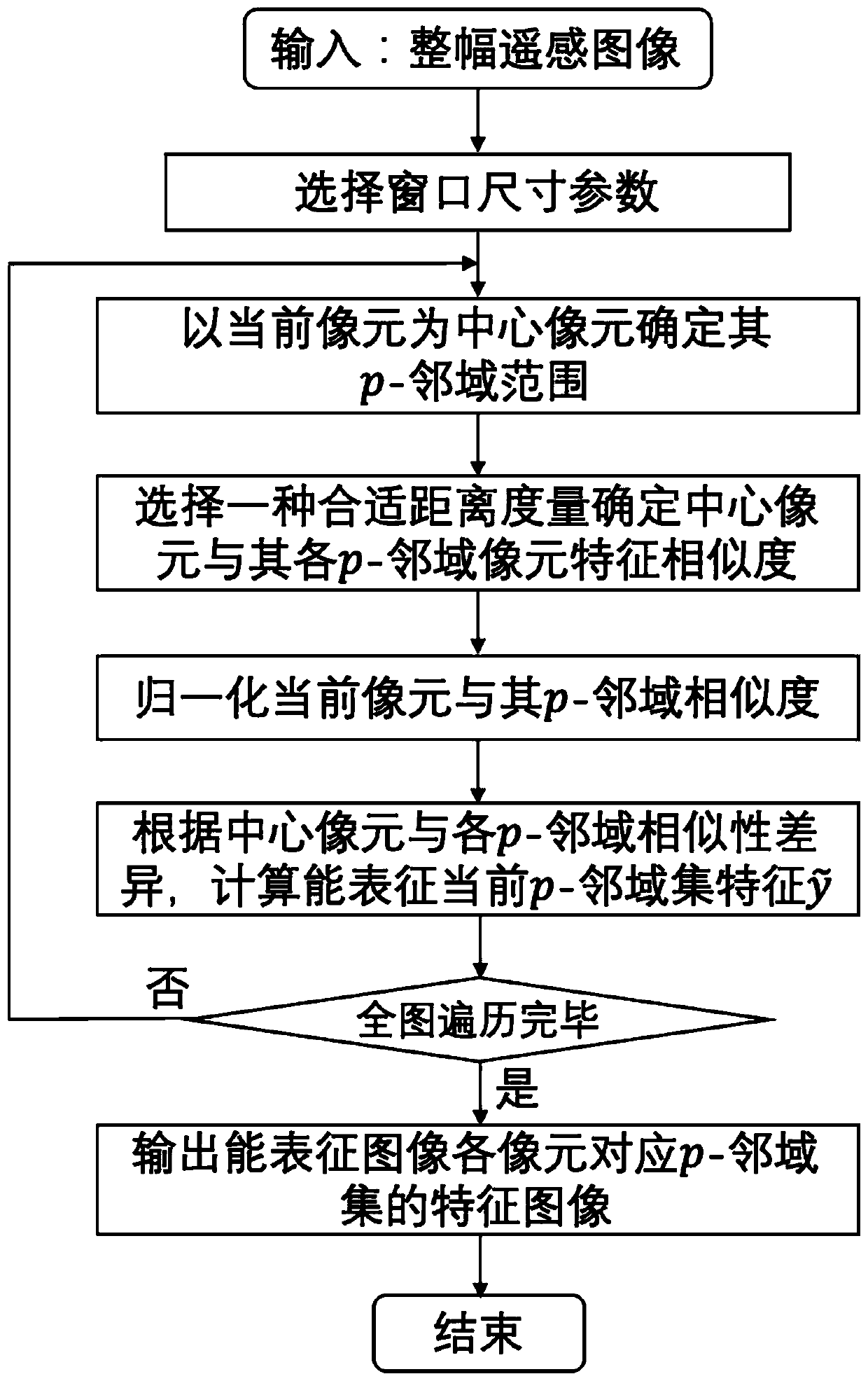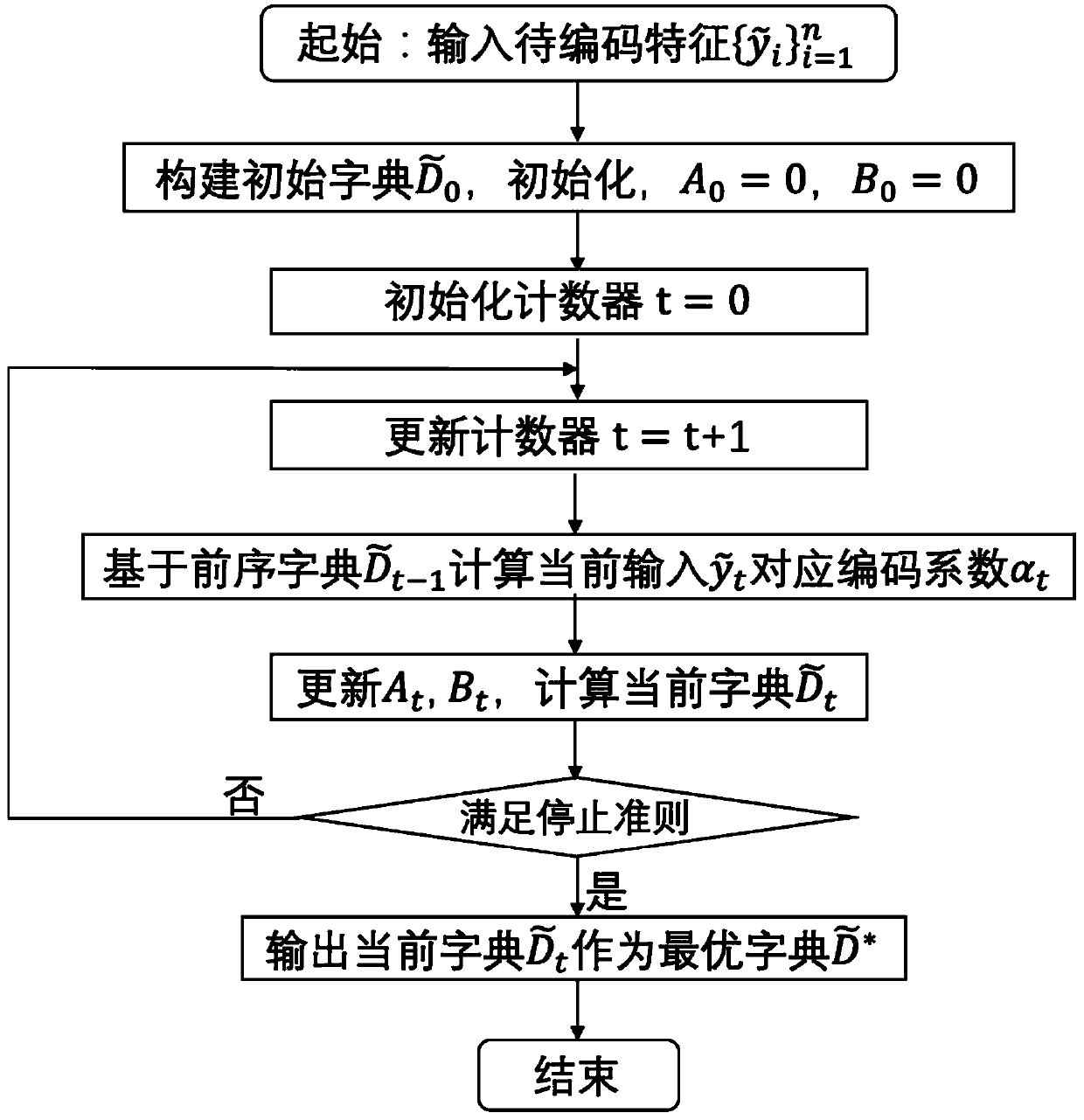Remote sensing image dictionary learning classification method based on utilization of spatial relationship
A remote sensing image and dictionary learning technology, which is applied in character and pattern recognition, instruments, computer parts, etc., can solve the problems that some pixels cannot be effectively sparsely expressed, and some pixels cannot be effectively and correctly classified, so as to achieve the training method flexible effects
- Summary
- Abstract
- Description
- Claims
- Application Information
AI Technical Summary
Problems solved by technology
Method used
Image
Examples
Embodiment Construction
[0032] Below in conjunction with specific embodiment, further illustrate the present invention, should be understood that these embodiments are only used to illustrate the present invention and are not intended to limit the scope of the present invention, after having read the present invention, those skilled in the art will understand various equivalent forms of the present invention All modifications fall within the scope defined by the appended claims of the present application.
[0033] The purpose of the remote sensing image dictionary learning classification method using spatial relationship is to train a complete dictionary using the local neighbor spatial relationship information according to the homogeneity and heterogeneity of the local spatial neighborhood of the remote sensing image, and to classify each pixel neighborhood of the remote sensing image based on the most The optimal dictionary is sparsely encoded to obtain the sparse discriminant coefficient features, ...
PUM
 Login to View More
Login to View More Abstract
Description
Claims
Application Information
 Login to View More
Login to View More - R&D
- Intellectual Property
- Life Sciences
- Materials
- Tech Scout
- Unparalleled Data Quality
- Higher Quality Content
- 60% Fewer Hallucinations
Browse by: Latest US Patents, China's latest patents, Technical Efficacy Thesaurus, Application Domain, Technology Topic, Popular Technical Reports.
© 2025 PatSnap. All rights reserved.Legal|Privacy policy|Modern Slavery Act Transparency Statement|Sitemap|About US| Contact US: help@patsnap.com



